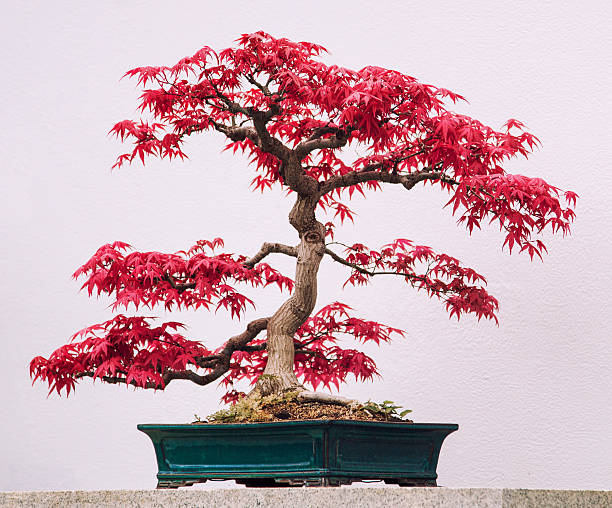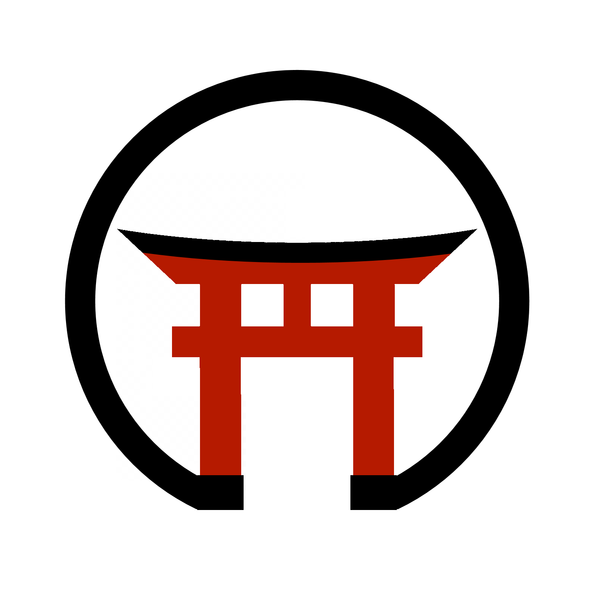
Japanese Maple - Bonsai Care and Maintenance
Share
General
The Iconic Japanese Maple is a deciduous tree great for beginners and considered an essential feature by most collectors. Thriving in the sun outdoors they are often brought indoors for a day or two on special occasions.
Japanese Maples change leaf colours each season with the spectacular oranges and reds to be seen in the autumn and early winter.
Being deciduous, they lose their leaves in winter revealing the underlying light and airy infrastructure hidden the rest of the year. It’s no accident that so many Bonsai competitions are held whilst the maples can be viewed in this way.
Watering
Water well with a watering can or shower attachment for a hose. All our Bonsai pots have holes in their bases. Water until the water runs out through the holes.
Maples are not drought tolerant and require regular watering throughout the growing season. Never let the soil dry out completely, this may mean daily watering in the summer months.
Fertilising
Fertilise from late winter through to mid autumn. Any general purpose fertiliser is fine.
Pruning
Japanese Maples can be lightly pruned all year round, heavy pruning and root work is best done in the late winter just before the leaves unfurl (typically August).
To form additional branching on a shoot, cut it back leaving around 1cm of stem from the desired leaf node to allow for any die-back. New shoots will appear between the cut stem and the leaf.
If the full sun has caused leaf burn (they go withered and crispy), simply cut the leaf off at the thinnest point of its stalk (petiole).
Tip: take a photo or 2 of your tree so you can refer back to it if the tree grows out of shape.
Light & Temperature
Japanese Maples love a lot of light but don’t require all day sun to thrive. After the summer as the temperature starts to drop, the leaves will change from green to yellows and oranges. If the PH balance is just right (5.5 - 6.5), the leaves can turn red.
Pests
Japanese Maples are resilient to most pests as long as the tree is healthy, although Aphids may appear in the early spring. If there are signs that something is not quite right with the tree, a number of reputable organisations have solutions available on Google and other search engines.
Repotting
Repot young trees every 2 years in late winter. Check the bottom of the pot to see if the tree is wired into the pot, if so, snip the wire so the tree can be removed from the pot.
Once the tree is out of the pot, tease the root mass and trim up to 30% off the roots and place in either a new pot or the existing pot.
Consider wiring the tree in place again, the wire will stop the tree falling out of the pot in strong winds as well as provide a sturdy environment for new root development.
We at Redgate Bonsai hope you get as much enjoyment from your tree as we do.
